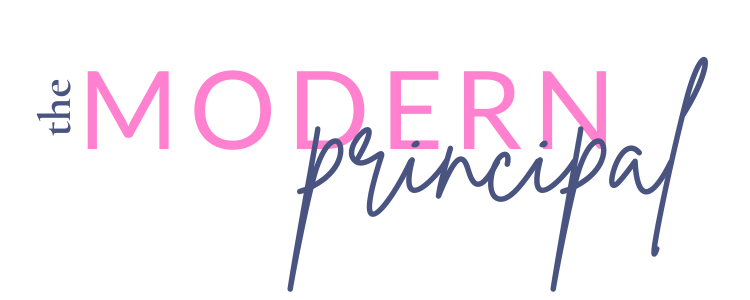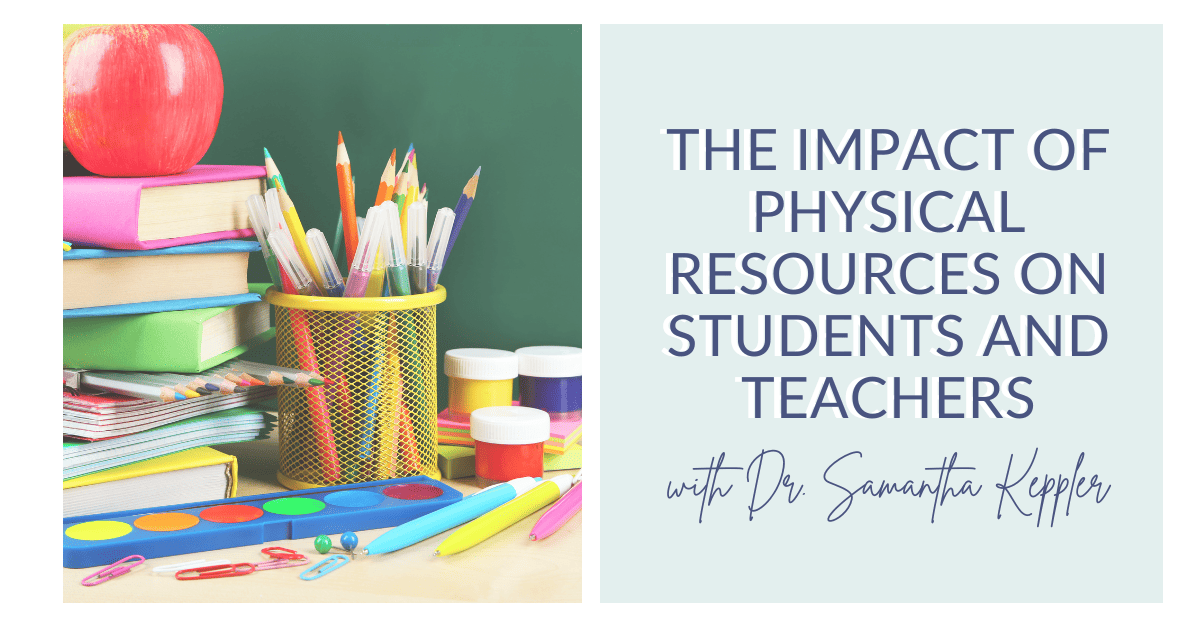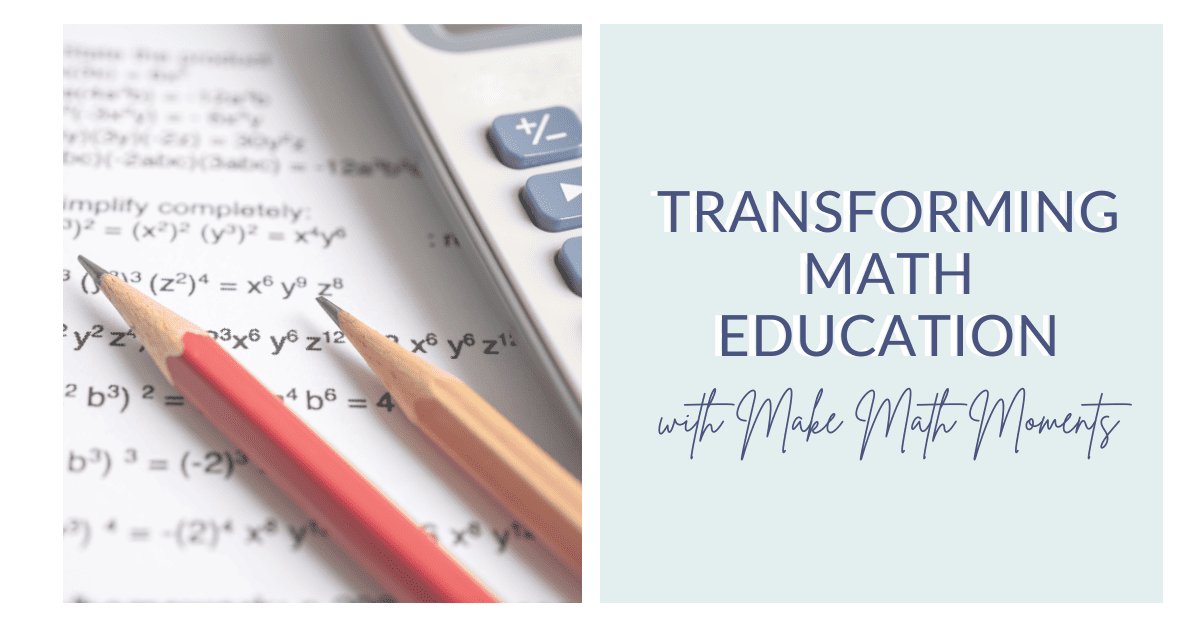The Effects of a Lack of Resources in Schools
In our latest podcast episode, we welcomed Sam Keppler, an industrial engineer who focuses on physical resource gaps in schools. Sam’s journey from a math teacher in the Bronx, New York, to a PhD-holding industrial engineer is a testament to her unwavering commitment to transforming education from the ground up by identifying the cause and impacts of a lack of resources in schools.
When Sam became a math teacher in a public school, she quickly discovered the uphill battle teachers face when acquiring even the most basic physical resources. Sam realized the shocking lack of essential supplies, such as pencils, paper, and markers. This frustration catalyzed her journey toward understanding the intricate web of resource distribution in education through an engineering lens.
Our discussion with Sam was eye-opening. As teachers in large city public schools, both Christy and I know the struggle of funding inequities. My first years in teaching, I was only given one ream of copy paper a month. While more manageable now in a paperless era, back in the day it was quite the challenge. Part of my meager paycheck monthly went to the local Office Depot. Sam’s conversation showed that resources cannot be an afterthought in leadership and are interconnected to teacher retention and student achievement. We wanted to get to the bottom of the causes of lack of resources in schools and how it impacts teacher retention.
Types of Physical Resources School Buildings Lack
Through Sam’s research, she delineated two categories of resources that schools grapple with:
- Physical resources: Classroom basics, such as pencils, markers, pens, paper, desks, and technology.
- Programmatic resources: Programs at schools, such as after-school programs, STEM programs, and literacy programs.
Sam’s work primarily revolves around understanding the deficiencies in these resources and how school administrators can bridge these gaps.
Unmasking the Resource Gaps
One glaring issue teachers face is the financial burden of supplementing classrooms out of their own pockets. This is difficult to find good data because teachers don’t report every time they spend money out of their own pockets to supplement their classroom and the tax credit teachers receive doesn’t allow teachers to claim the full amount they spend yearly.
Sam and her team leveraged data from Donors Choose to investigate the resources teachers requested. Surprisingly, there was no uniform demand for a particular resource; the needs varied greatly from classroom decor, to books, to basic supplies.
One shared resource gap Sam’s team identified, however, was headsets. During the Covid-19 pandemic, many schools issued each student a laptop. Teachers quickly found they struggled with virtual teaching when their students lacked headsets, due to the noise at their homes. Having headsets improved the effectiveness of the laptops because it helped the students learning from home focus better.
Correlations Between Physical Resources and Teacher Retention
Sam’s research dives into the connection between resource availability and teacher retention rates. Leveraging the data from Donors Choose, her team found a remarkable correlation: funded teacher projects substantially increased teacher retention. Projects related to classroom environment improvements, like furniture and creative supplies, had a particularly pronounced effect.
She found another result that surprised her and her team during the research. A comfortable and well-equipped environment not only enhances teacher satisfaction but also positively influences student achievement.
As a leader, this is much to take away from this finding. Classroom environments matter to a teacher’s work satisfaction. As you delegate funding to your teachers, consider what they may need in terms of a flexible classroom environment and create a long-term plan to fund this approach.
Empowering Administrators to Work Toward Positive Change
Administrators have a pivotal role in physical resource allocation. Sam encourages administrators to rethink how they distribute resources:
- Equal funding vs. varying allocations for different subjects
- Upfront classroom setup vs. ongoing allocation based on student needs
- New teacher costs vs. veteran teacher costs
These questions hold the key to effective resource distribution strategies that empower teachers and maximize impact.
Consider what your building prioritizes and create separate budget lines for those items. For example, when teachers were switching to more flexible seating, I allocated a specific line item for each teacher for just furniture, in addition to their classroom resources funds. Certain years, our goal was to build up classroom libraries, so I made a separate line per teacher that could only be used to buy books for their library. This money was not ‘instead of’, but in addition to, the classroom resource budgets.
Actionable Takeaways for Building Leaders
Sam leaves administrators and educators with actionable takeaways. She suggests collecting data on what teachers are purchasing out of their own pockets. This information can lead to more informed resource allocation decisions and create a culture of transparency. Sam underscores the importance of advocating upwardly based on this data and fostering a collaborative decision-making process.
Resource equity cannot be an afterthought in a world where education is the cornerstone of progress. Sam’s pioneering research bridges the gap between educators’ needs and administrators’ decisions, ultimately cultivating an enriched learning environment for both teachers and students. The goal of this research is to address the lack of resources in schools to improve teacher retention and student achievement.
From the Desk of The Modern Principal
Budgets should not be built in isolation. Building leadership teams must be the voice of the staff, sharing what is working in terms of spending and what teachers are still needing to purchase independently. If your teachers have the Amazon wish lists, look through those and try to find common threads, then bring that to your team for discussion.
Remember, a budget is more than just a series of numbers on a page, it is a list of our priorities. If teacher retention and student achievement is a priority, then ensuring fully funded classrooms from the perspective of the teacher must remain in the forefront of the work.
Intrigued by Sam Keppler’s research? You can learn more about her work, including her papers and citations in education outlets, by visiting her website, samanthakeppler.com. To contact her directly, email her at [email protected]





